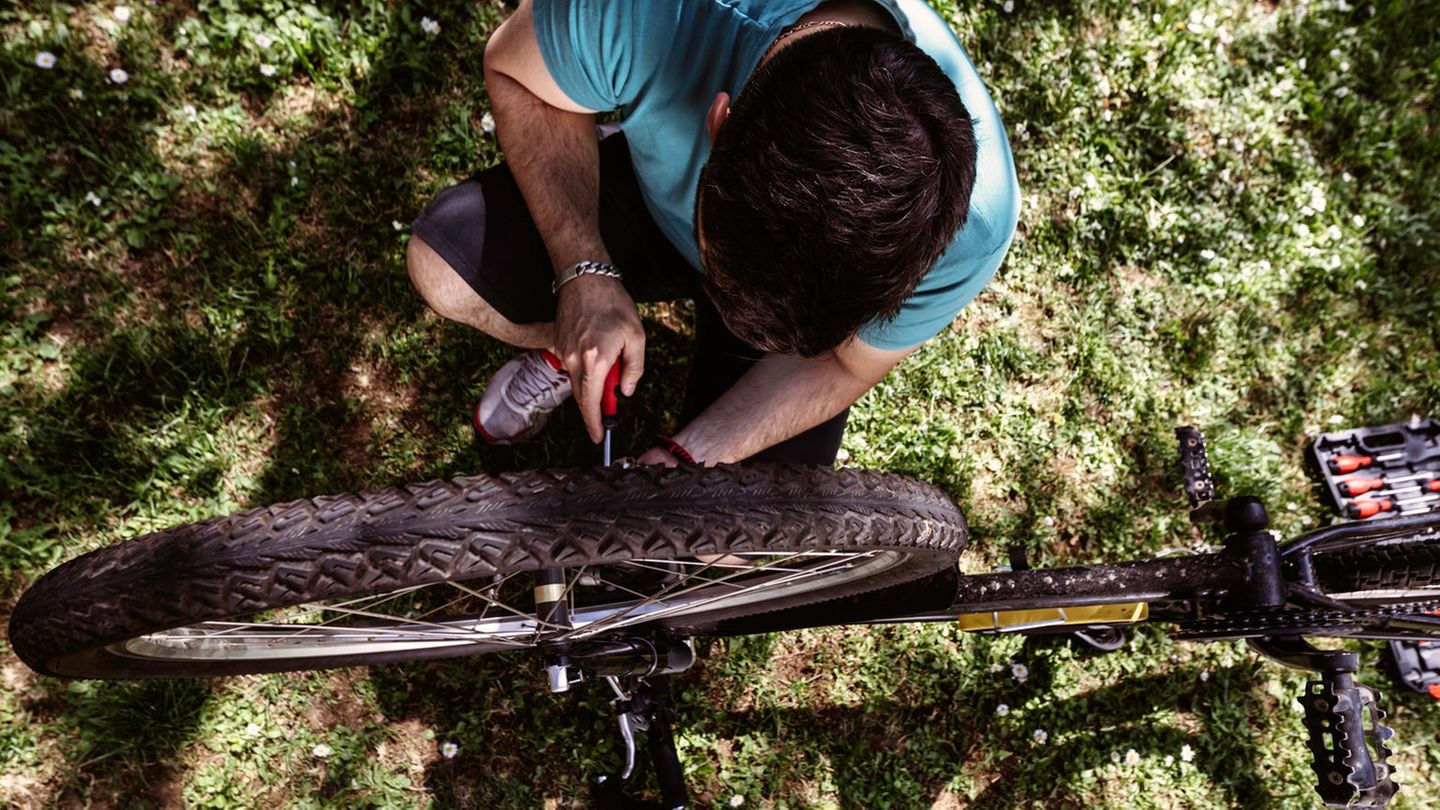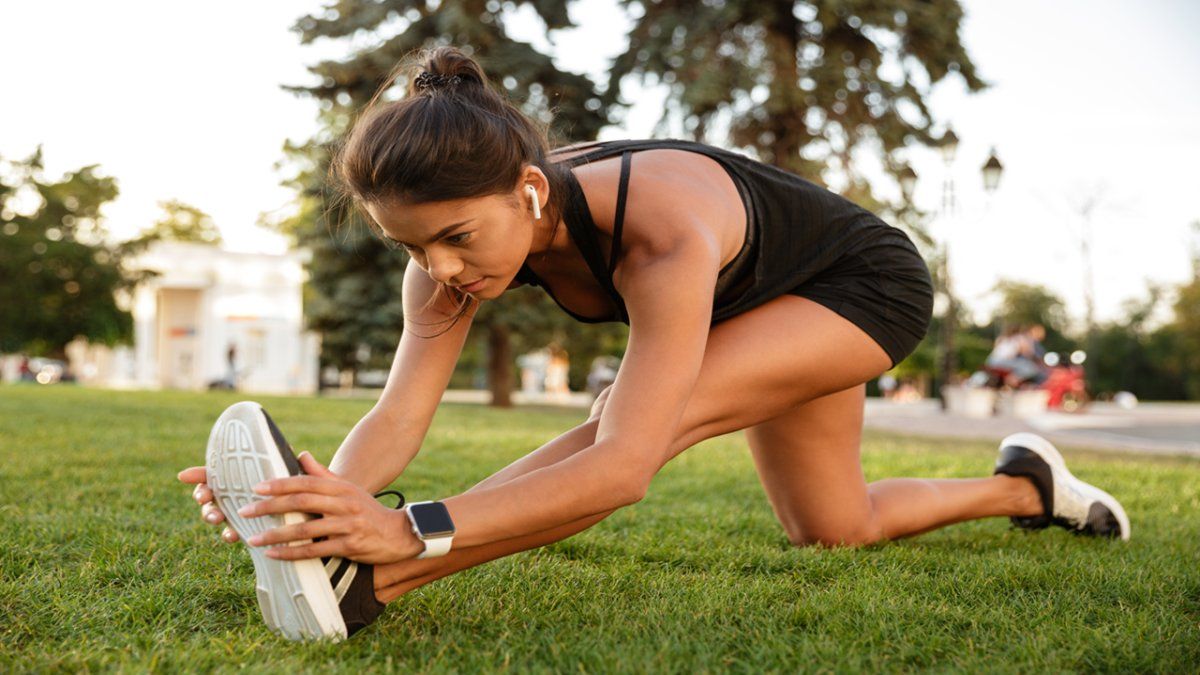A bicycle breakdown is particularly annoying if you don’t have the right bicycle tools to hand. You can read here which tools are important in an emergency and what you need in the event of a breakdown on holiday.
There are some things that shouldn’t be deflated. Relationships are part of it. The play equipment in ball sports can also be sunk much more easily into the opponent’s net or basket when properly inflated. Lack of air regularly causes particular frustration for an estimated 30 million cyclists in Germany. Hardly anything is more annoying than a flat tire on the way to work, to daycare, on a weekend trip or even on vacation. And anyway: breakdowns on the bike put you in a bad mood. Especially if you have the wrong bike tools or no bike tools at all. You can read here what you should have with you on every bike tour and which tools will help you most quickly in the event of a breakdown.
Flat tire? This bike tool is important for that
The undisputed number 1 for bicycle breakdowns is flat tires. Mountain bikers, small and large racing cyclists, but also cyclists with city bikes are affected every day. Flat is flat. Now you could lock your bike in a suitable location and ride home or to work using public transport. With the right tools, you can fix the problem yourself in just a few minutes. As a rule, this is enough a – and of course . Wet wipes or a are also practical , because your hands usually don’t stay completely clean during this action. And clever cyclists best store the small bicycle tool kit in a removable one .
Tip: Make sure your air pump is compatible with your bike’s valves. A distinction is made between wheels with car valves and the classic so-called French valves (also called Sclaverand valves). Many air pumps are now compatible with both variants.
Do-it-yourself: The 3-point check
Especially if the bike has been in the basement for a long time over the winter months, some important functions should be checked before the first ride in early summer. Because appointments at a trusted bicycle dealer are currently few and far between, you can also provisionally help yourself here. You should check these parts and functions and you need this tool to do it.
1. Brakes
Brakes are a cyclist’s life insurance. They should work smoothly. And that literally. To check the function, it is sufficient to lift the front and rear wheels once, get them moving by hand and first check whether the wheel runs cleanly and centrally between the brake pads. Important: If there is only a millimeter or less of the brake pad left, it should urgently be replaced with a new one. As a rule, this works best with one . To do this, the brake pads are loosened with an Allen key, removed and replaced with fresh pads. Align the brake shoes so that they only touch the rim when you pull the brake handle. Bikers whose bike is equipped with disc brakes should take it to the bike dealer if problems arise. A current one read here.
2. Chain
If cyclists hear a squeak or creak, it is usually a call for help from the chain. Day after day, it collects dust particles in cellars that stick to them. The important lubricant gradually dries out. If you don’t have any storage space, you’ll also have to deal with rust and weather damage. The chain tension can also decrease if the bike is not used for a long time. To check the wear of the chain is one (Chain wear gauge) helpful. This shows whether there is still enough tension on the chain. If this is the case, the chain should first be cleaned and then cleaned with a high-quality one be lubricated. For spring bike cleaning, it’s worth cleaning with a.
Hobbyists who want to replace the chain on their bike themselves need one one and some individual chain links. Here is a available.
3. Circuit
Do you have a bike with a hub gear? Congratulations. This type of circuit requires relatively little maintenance. Even a few weeks of rest can hardly do anything to her. Things look a little different with derailleur gears. Similar to the chain, the moving parts in particular suffer here, i.e. the pulleys, the small springs and the front derailleur. Important: Use water sparingly when cleaning the rear derailleur. This gets into all the cracks and flushes out lubricant in places where it is absolutely needed. A worn-out toothbrush is the better choice for coarse dirt. Then a few splashes of oil on the drive parts. Complete. In this All important tools are included. Laypersons are better off leaving the adjustment or readjustment of the circuit to a professional. If you don’t have any experience with this, you might end up doing more damage here.
Source: Stern
I am Pierce Boyd, a driven and ambitious professional working in the news industry. I have been writing for 24 Hours Worlds for over five years, specializing in sports section coverage. During my tenure at the publication, I have built an impressive portfolio of articles that has earned me a reputation as an experienced journalist and content creator.




